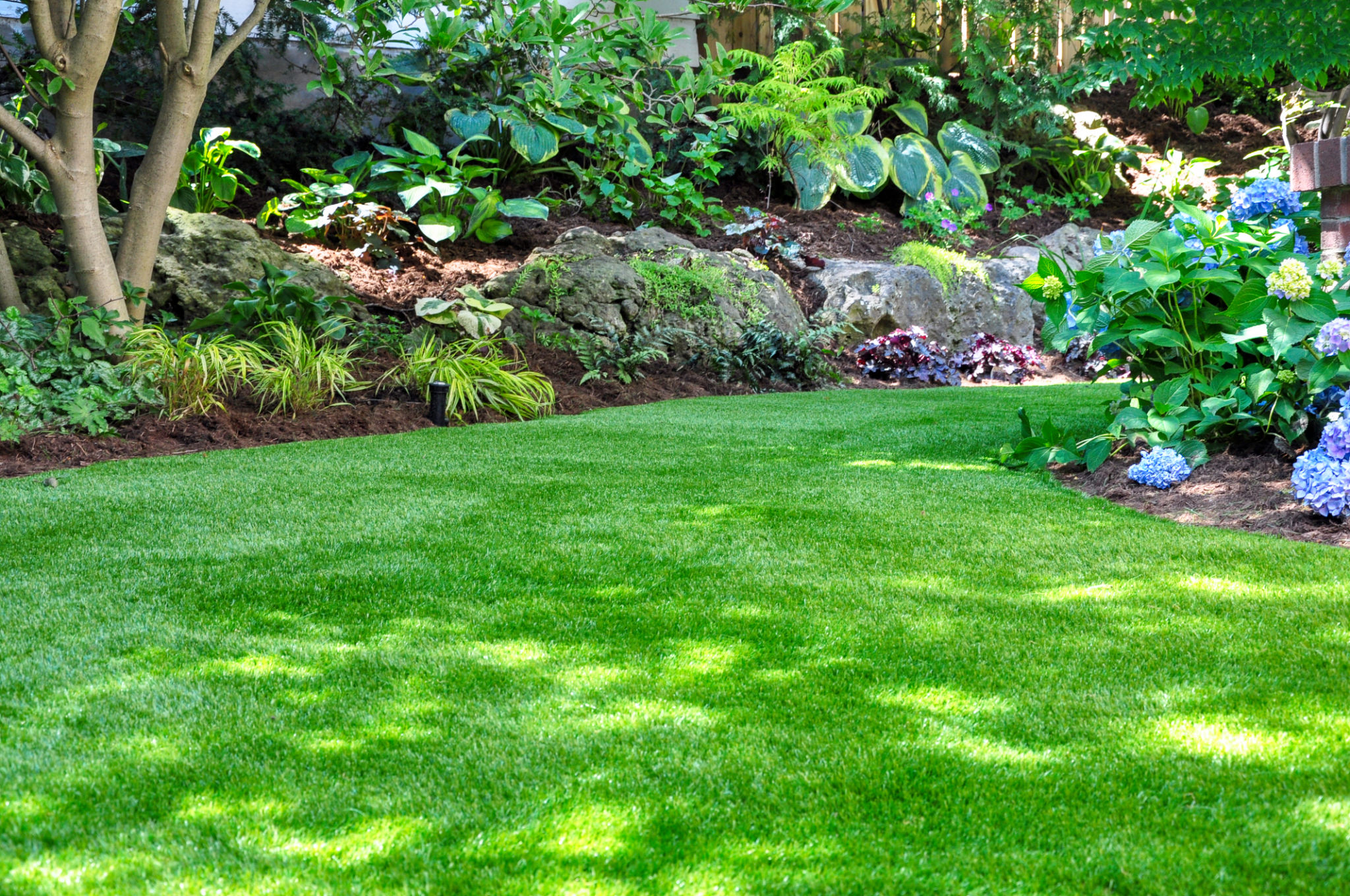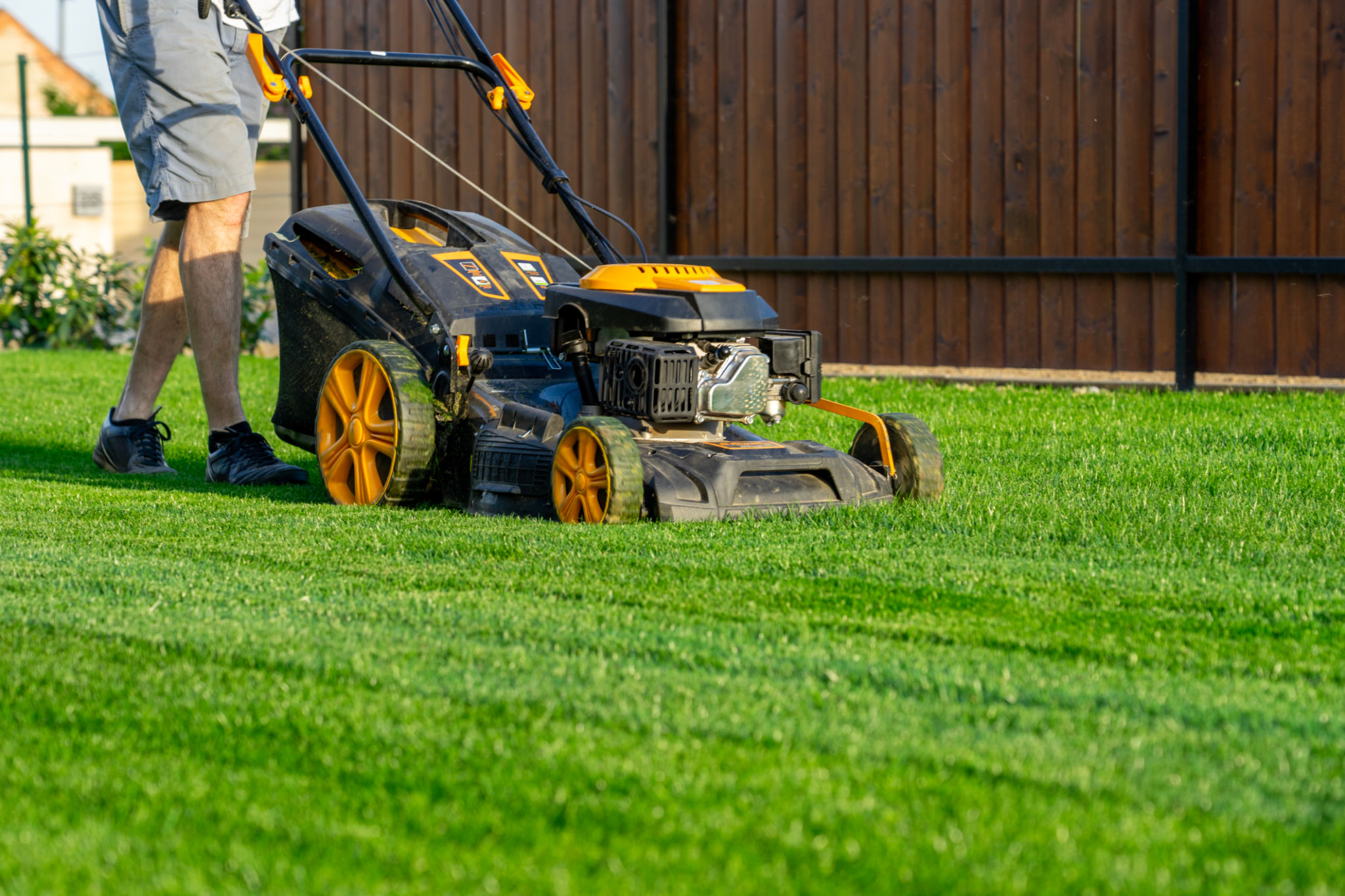Comparing Turfing Options: Natural vs Artificial Grass
Introduction to Turfing Options
When it comes to enhancing your outdoor space, choosing between natural and artificial grass can be a challenging decision. Both options offer unique advantages and disadvantages, making it essential to evaluate your specific needs and preferences. This guide aims to provide a comprehensive comparison of natural and artificial grass to help you make an informed choice for your lawn.

The Appeal of Natural Grass
Aesthetic and Environmental Benefits
Natural grass has long been revered for its lush, vibrant appearance and its ability to provide a cooling effect on hot days. Additionally, natural grass contributes positively to the environment by producing oxygen, reducing carbon dioxide levels, and supporting biodiversity.
Maintenance and Costs
However, maintaining a natural lawn requires regular mowing, watering, fertilizing, and pest control. These tasks can be both time-consuming and costly. Natural grass is also subject to damage from weather conditions, pests, and high foot traffic, which may lead to uneven patches and the need for reseeding.

The Advantages of Artificial Grass
Low Maintenance and Durability
Artificial grass has gained popularity due to its low maintenance requirements. Once installed, it eliminates the need for mowing, watering, or fertilizing, making it an attractive option for busy homeowners. Moreover, artificial grass is highly durable and can withstand heavy use without showing signs of wear.
Environmental Considerations
While artificial grass does not offer the same environmental benefits as natural grass, it can conserve water and reduce the use of harmful pesticides and fertilizers. However, it's important to consider the environmental impact of its production and eventual disposal.

Cost Comparison
When comparing costs, initial installation expenses for artificial grass are typically higher than those for natural grass. However, the long-term savings on maintenance and water bills can make artificial grass a cost-effective choice over time. On the other hand, natural grass may have lower upfront costs but could incur more ongoing expenses.
Choosing the Right Option for You
Your decision should ultimately depend on factors such as climate, budget, usage requirements, and personal preferences. If you value a natural look and are willing to invest time in maintenance, natural grass might be the right choice. Conversely, if you prefer a low-maintenance option with long-term savings, artificial grass could be more suitable.

Conclusion
Both natural and artificial grass have distinct benefits that can enhance your outdoor space. By weighing the pros and cons of each option and considering your specific needs, you can confidently choose the turf that best fits your lifestyle. Whether you opt for the natural beauty of real grass or the convenience of synthetic turf, your lawn is sure to be a source of pride and enjoyment.
